Seedling Pictures
lplantagenet7AVA
2 years ago
Related Stories

EDIBLE GARDENSSummer Crops: How to Grow Tomatoes
Plant tomato seedlings in spring for one of the best tastes of summer, fresh from your backyard
Full Story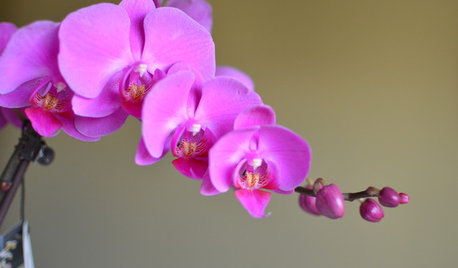
MID-ATLANTIC GARDENINGChecklist: What To Do in the Garden This Month
February Gardener: Plant sprouts, start seedlings, force bulbs, grow an orchid and more
Full Story
LAUNDRY ROOMSKey Measurements for a Dream Laundry Room
Get the layout dimensions that will help you wash and fold — and maybe do much more — comfortably and efficiently
Full Story
LANDSCAPE DESIGNThe Unparalleled Power of Trees
Discover the beauty and magic of trees, and why a landscape without them just isn't the same
Full Story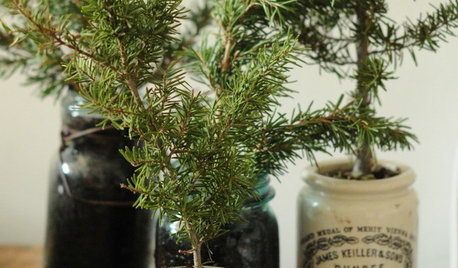
CHRISTMAS TREESLast-Minute Christmas: Mini Tree in a Pot
Create a temporary tree with cuttings or buy a small live tree to love for years
Full Story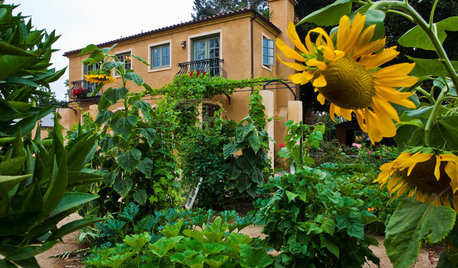
REGIONAL GARDEN GUIDESTexas Gardener's April Checklist
Get your sowing and planting on — spring brings a tantalizing array of possibilities in the garden
Full Story
LANDSCAPE DESIGNRecipe for Modernist Edible Garden Style
Herbs, vegetables and fruit trees aren’t just for traditional gardens. Here’s how to design them into modernist landscapes
Full Story
GARDEN SHEDSHouzz Call: Show Us Your Hardworking Garden Shed!
Upload a photo of your backyard shed or greenhouse and tell us how it works for you
Full Story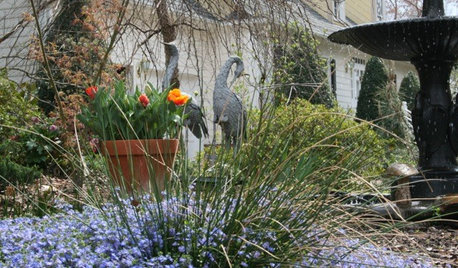
SOUTHEAST GARDENINGSoutheast Gardener's January Checklist
Resolve to see your garden with fresh eyes this year while you plant, plan and take care of necessary maintenance
Full Story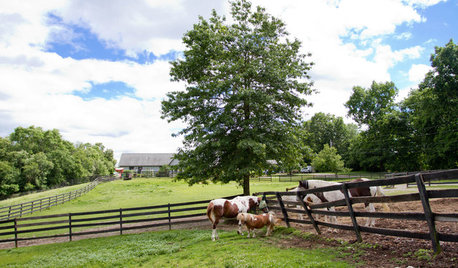
HOUZZ TOURSHouzz Call: Show Us Your Farmhouse!
Bring on the chickens and vegetable patches. If your home speaks country, it might appear in a featured ideabook
Full StoryMore Discussions







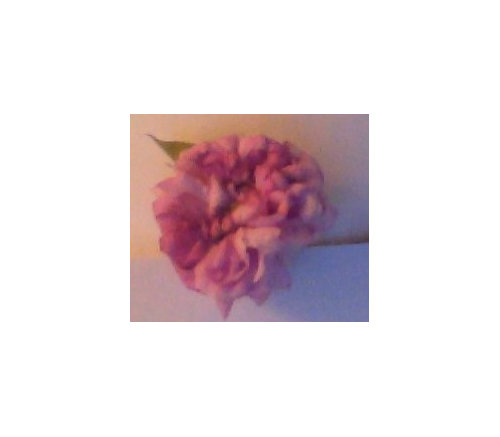






slumgullion in southern OR
Sheila z8a Rogue Valley OR
Related Professionals
Danbury Landscape Architects & Landscape Designers · Harrison Landscape Architects & Landscape Designers · Peabody Landscape Contractors · Surprise Landscape Contractors · Alamo Landscape Contractors · Fort Wayne Landscape Contractors · Lake Saint Louis Landscape Contractors · North Highlands Landscape Contractors · Soddy Daisy Landscape Contractors · The Villages Landscape Contractors · Lake Forest Swimming Pool Builders · Laurel Siding & Exteriors · Agoura Siding & Exteriors · Downers Grove Siding & Exteriors · West Milford Siding & Exteriorsportlandmysteryrose
lplantagenet7AVAOriginal Author